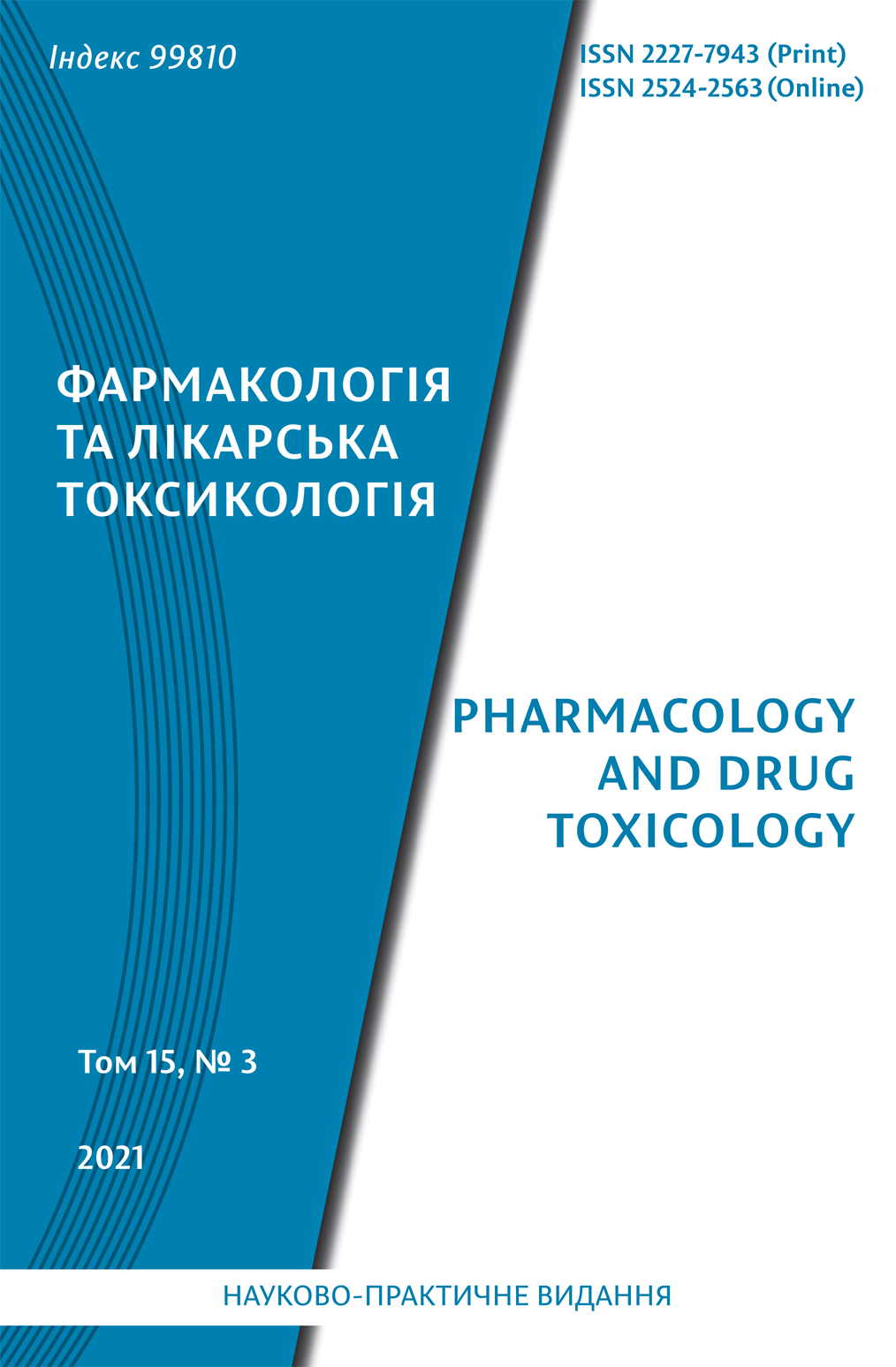Анотація
Артеріальна гіпертонія все ще залишається хворобою, що продовжує погіршувати якість життя населення в усьому світі та збільшує кількість смертельних випадків. Сьогодні існує велика кількість препаратів для лікування гіпертензивних станів, проте всі вони не мають 100 % ефективності, оскільки існує досить велика кількість мішеней, задіяних у виникненні патологій. Учені все ще залишаються в активному пошуку як нових мішеней і ліків, так і методів доставки їх точно до цілі.
Судинні дисфункції призводять до виникнення надзвичайно серйозних хвороб, таких як інфаркт чи інсульт, а також до інших порушень в організмі, що суттєво знижують якість життя. Вивчення даного питання є надзвичайно важливим для попередження серцево-судинних захворювань, зменшення рівня івалідизації населення та подовження тривалості життя.
Головними перевагами фармакогеноміки є: створення більш ефективних і менш шкідливих специфічних препаратів на основі протеїнів, ензимів і молекул РНК, асоційованих з генами та хворобами; збільшення ефективності лікування; дозування відповідно до віку та ваги, індивідуального набору генів; зменшення ймовірності виникнення/розвитку генетичних хвороб; створення вакцин на основі ДНК або РНК, що активують імунну систему та не здатні спричинити інфікування організму, а також є недорогими, стабільними.
Метод РНК-інтерференції є яскравим прикладом використання природних процесів як інструменту для дослідження та терапії. Встановлено, що застосування методу РНК-інтерференції для пригнічення експресії генів викликає тривалий і стабільний інтерференційний ефект, що проявляється в суттєвому зменшенні рівня експресії генів.
Сьогодні фармакогеноміка знаходиться на стадії активного розвитку, що в майбутньому дасть змогу на новому рівні забезпечувати терапію хвороб різного генезу.
Останнім часом велику увагу дослідників привертає вивчення механізмів регуляції судинного тонусу за участю шляхів, які прямо не пов’язані зі змінами концентрації іонів кальцію та які відіграють досить вагому роль у формуванні судинного тонусу. Артеріальна гіпертонія має велику кількість
мішеней для терапевтичного впливу, тому надзвичайно важливим є застосування надточних ліків.
Результати чисельних досліджень свідчать про те, що роль протеїнкінази С (ПКС) є однією з ключових у регуляції міогенного тонусу стінки кровоносних судин як за нормальних фізіологічних умов, так і, особливо, за умов розвитку гіпертензивних станів різного генезу. Доказом цього є те, що пригнічення експресії гена δ-ізоформи ПКС призводить до суттєвого зниження артеріального тиску в щурів, яке триває протягом тижня. Дотепер серед фармакологічних засобів лікування артеріальної гіпертонії не існує препаратів, дія яких спрямована на пригнічення ПКС у судинній стінці. Дослідження в цьому напрямі можуть призвести до створення нових класів фармакологічних засобів. І саме застосування фармакогеноміки у вигляді РНК-інтерференції за допомогою плазмідних векторів може стати тим інструментом, що шукають упродовж багатьох років дослідники в усьому світі.
